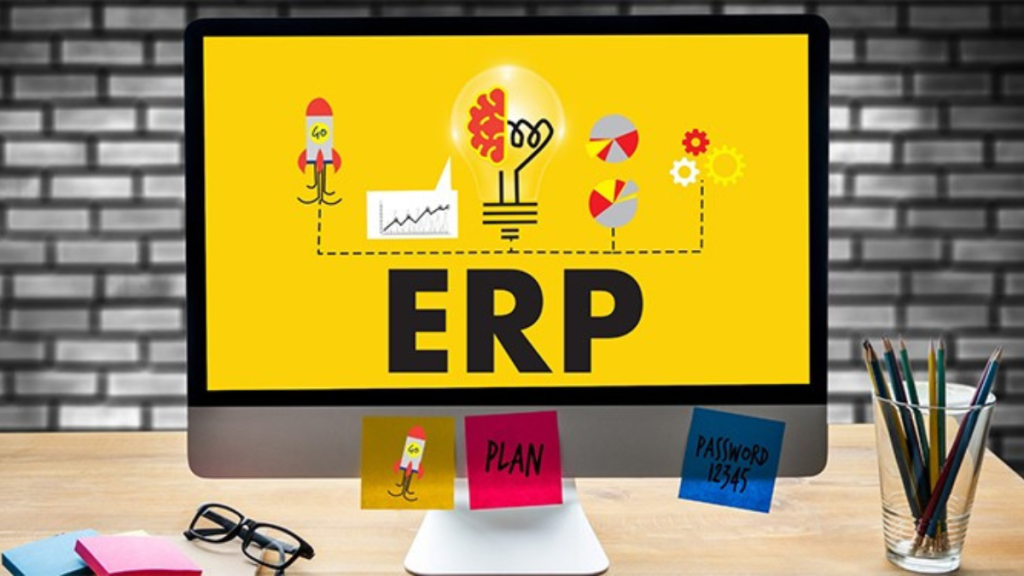As businesses strive for greater efficiency, adaptability, and strategic advantage, the choice of an Enterprise Resource Planning (ERP) system becomes a pivotal decision. In this deep dive, we explore advanced ERP types that go beyond basic functionalities, offering organizations a comprehensive suite of tools to elevate their operations, foster innovation, and navigate the complexities of the modern business landscape.
1. ERP with Business Intelligence (BI) Integration: Illuminating Insights
Beyond Standard Reporting:
While basic ERP systems provide standard reporting capabilities, integrating Business Intelligence (BI) takes data analysis to a whole new level. Advanced ERP with BI integration leverages data visualization, advanced analytics, and interactive dashboards to provide illuminating insights into every facet of your business.
Strategic Decision-Making:
The fusion of ERP and BI empowers decision-makers with real-time data, trend analysis, and predictive modeling. This strategic approach enables organizations to make informed decisions that drive growth, optimize processes, and respond dynamically to market changes.
2. Cloud-Based ERP: Agility and Scalability
Flexibility in Deployment:
Cloud-based ERP solutions offer businesses the flexibility to access their systems from anywhere, at any time. The cloud deployment model eliminates the need for on-premises infrastructure, allowing for faster implementation, reduced IT burden, and seamless scalability.
Cost-Efficiency and Resource Optimization:
By opting for a cloud-based ERP, organizations can achieve cost-efficiency through a subscription-based model. The pay-as-you-go approach allows for optimal resource allocation, ensuring that businesses only pay for the services they use, making it an attractive option for organizations of all sizes.
3. Two-Tier ERP: Balancing Centralization and Flexibility
Centralized Core, Specialized Periphery:
Two-tier ERP involves the integration of two ERP systems within an organization—one at the corporate level (Tier 1) and another at the subsidiary or business unit level (Tier 2). This model strikes a balance between centralized control and the flexibility needed by individual units.
Tailored Solutions for Diverse Units:
Different business units often have unique requirements. Two-tier ERP allows subsidiaries to choose ERP solutions that best fit their needs while ensuring a centralized core for standardized processes and reporting. This approach is particularly beneficial for organizations with diverse operations or global reach.
4. Mobile ERP: Empowering On-the-Go Workforce
Anywhere, Anytime Access:
In the era of mobile technology, having an ERP system accessible on mobile devices is crucial. Mobile ERP enables employees to access critical business information, perform tasks, and make decisions on the go, fostering productivity and agility.
Real-Time Collaboration:
Mobile ERP facilitates real-time collaboration among team members regardless of their location. Whether in the field, at client meetings, or working remotely, employees can stay connected and contribute to business processes in real time, enhancing overall efficiency.
5. Social ERP: Collaboration in the Digital Age
Integrated Social Platforms:
Social ERP integrates social collaboration tools within the ERP system, fostering communication, knowledge sharing, and collaboration among employees. This advanced ERP type brings the principles of social networking into the workplace.
Enhanced Communication and Innovation:
By providing a platform for open communication and idea-sharing, social ERP encourages innovation and teamwork. It breaks down communication barriers, connects employees across departments, and creates a collaborative culture that accelerates problem-solving and decision-making.
Conclusion: Elevating Your Business with Advanced ERP
In conclusion, the journey to elevate your business involves a strategic selection of advanced ERP types that align with your organizational goals and operational needs. From Business Intelligence integration for data-driven decision-making to cloud-based solutions for agility and scalability, and from two-tier ERP for balancing control and flexibility to mobile and social ERP for empowering a modern workforce, the advanced ERP landscape offers a myriad of possibilities.
As businesses evolve, the choice of an advanced ERP system becomes not just a technological decision but a strategic one that shapes the organization’s ability to adapt, innovate, and thrive. By embracing these advanced ERP types, businesses can position themselves at the forefront of digital transformation, ready to navigate the complexities of the modern business landscape and propel their operations to new heights of success.
